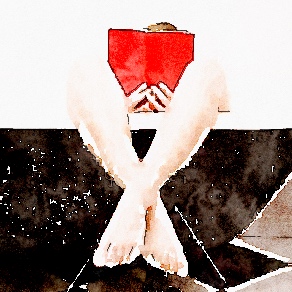
Halicarnassus, the birth place of Herodotus (nowadays Bodrum, Turkey) was home to one of the seven wonders of the ancient world: the Mausoleum, a colossal tomb of Mausolus, a Persian satrap and a ruler of Caria (377-353 B.C.). The word mausoleum as used today originates precisely in the name of Mausolus and his tomb.
“Halicarnassus, the royal residence of the dynasts of Caria,” wrote the Greek geographer Strabo two thousand years ago. “Here is the tomb of Mausolus, one of the Seven Wonders, a monument erected by Artemisia in honour of her husband.” (Strabo: Geography, XIV.2)
Mausolus made Halicarnassus his capital and spent a huge amount of money on improving the harbour, fortifying the town and embellishing it with temples, palaces and statues.
About halfway up the curving slope… a broad wide street was laid out, in the middle of which was built the Mausoleum, a work so remarkable that it is classed among the Seven Wonders of the World. (Vitruvius: The Ten Books on Architecture, II.8)

The Mausoleum was built on a hill overlooking the town. It was famous not so much for its size but for its artistry: Mausolus (and his wife Artemisia who was left to complete the building after his death) employed the best Greek sculptors and architects of the time.

For men whose artistic talents are believed to have won them the highest renown for all time, and laurels forever green, devised and executed works of supreme excellence in this building. The decoration and perfection of the different façades were undertaken by different artists in emulation with each other: Leochares, Bryaxis, Scopas, Praxiteles, and, as some think, Timotheus; and the distinguished excellence of their art made that building famous among the seven wonders of the world. (Vitruvius: The Ten Books on Architecture, VII.Introduction)

Pliny the Elder described what the building looked like:
The circumference of this building is, in all, four hundred and forty feet… It is twenty-five cubits in height, and is surrounded with six-and-thirty columns, the outer circumference being known as the “Pteron.” The east side was sculptured by Scopas, the north by Bryaxis, the south by Timotheus, and the west by Leochares; but, before their task was completed, Queen Artemisia died. They did not leave their work, however, until it was finished, considering that it was at once a memorial of their own fame and of the sculptor’s art: and, to this day even, it is undecided which of them has excelled. A fifth artist also took part in the work; for above the Pteron there is a pyramid erected, equal in height to the building below, and formed of four and twenty steps, which gradually taper upwards towards the summit; a platform, crowned with a representation of a four-horse chariot by Pythis. This addition makes the total height of the work one hundred and forty feet. (Pliny the Elder: Natural History, XXXVI.4)

The Mausoleum was eventually destroyed by a series of earthquakes between the 12th and the 15th century. Not a lot is left of the site today as the locals and the Knights of St John looted the ruins and reused the stones elsewhere (in particular, the Castle of St Peter). The Mausoleum was excavated in the 19th century, and some of the pieces ended up in the British Museum where they have an entire room to themselves.

